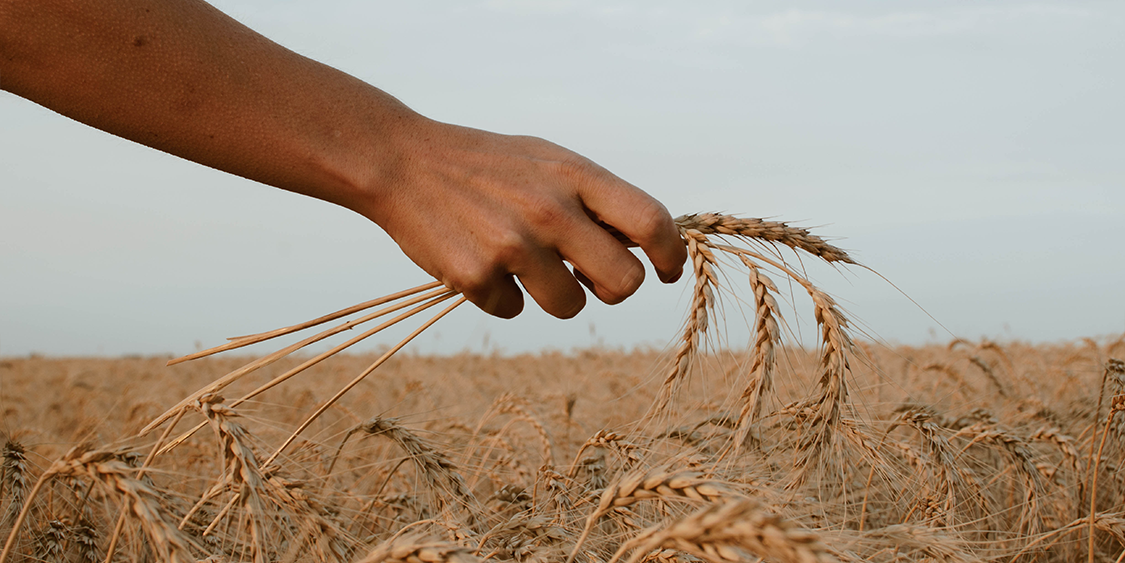
The grain handling industry is dangerous because of the range of common emergencies facilities often face. Potential blows to your business include fires or explosions, employee entrapment, gas or flammable liquid leaks, chemical releases, structural failures, power failures or natural disasters.
Because of all the possible hazards, employers that require employees to engage in grain handling activities should develop workplace standards to protect these agricultural producers from disaster.
Grain Handling Safety Practices:
To reduce your likelihood of being penalized for exposing your employees to potentially deadly hazards, and to help reduce costs from facility damage and worker injury, take the following five steps:
- Develop an emergency response plan
- While it is important to think about fires and explosions since they are the most common type of disaster in your industry, also be sure to address issues like flood, confined space rescue and weather conditions (i.e., tornado threats if you are in a vulnerable area).
- If your facility has more than 10 employees—including office personnel and seasonal workers—then your emergency response plan must be written.
- Your emergency response plan should address the employee alarm systems, the response duties of each employee, evacuation procedures, designated safe areas outside the facility and emergency escape routes, which should be clearly marked on floor plans and on workplace maps.
- It is not enough that an emergency response plan exists in your facility; it is also important that your employees are aware of the procedures.
- Develop a training program
- Provide new-hire training, annual training to refresh old employees, and job-specific training for anyone that is shifting responsibilities and is thus exposed to new hazards.
- Employees should be properly trained on cleaning procedures for choked legs and housekeeping requirements; procedures for performing hot work; preventative maintenance and lockout/tag out procedures.
- Require hot work permits
- You must issue a permit for all hot work being done in or near a grain handling structure, unless you as the employer are standing by to witness the hot work being done.
- The permit serves as a sort of checklist, confirming that the employee was properly trained to do the work and that he or she is aware of the emergency response plan in place, should something go wrong.
- The permit must be kept on file until the hot work is completely finished, though it is recommended that you keep it in your records after the work is finished.
- Follow rules for allowing entry into bins, silos and tanks
- You must issue a permit for an employee to enter any bin, silo or tank, unless you, the employer, are present to supervise.
- The bin, silo or tank must be tested for the presence of harmful gas, vapour or other toxic agents if there is reason to believe they might be present.
- The bin, silo or tank must be tested for oxygen content before the employee enters and while the employee is inside to ensure proper ventilation.
- “Walking down grain” and entering in bridging or buildup conditions are strictly prohibited.
- Employees entering the storage structure must be given a body harness, lifeline or boatswains chair.
- There must be an observer present outside the storage structure who could provide assistance in case of emergency and who maintains communication with the employee inside the structure.
- Other important requirements
- As the employer, you must inform contractors who are performing work at your facility of known potential fire or explosion hazards related to their work or work area.
- You must remove any grain dust accumulation that is in excess of ⅓ centimetre.
- The use of compressed air to blow away accumulated dust is only allowed when machinery presenting an ignition source is shut down.
- Receiving-pit openings must be covered by grates.
Find out more:
This list is not exhaustive. Download your own copy of our "Agriculture Employee Safety Manual" for more ways to keep your agribusiness employees safe:




